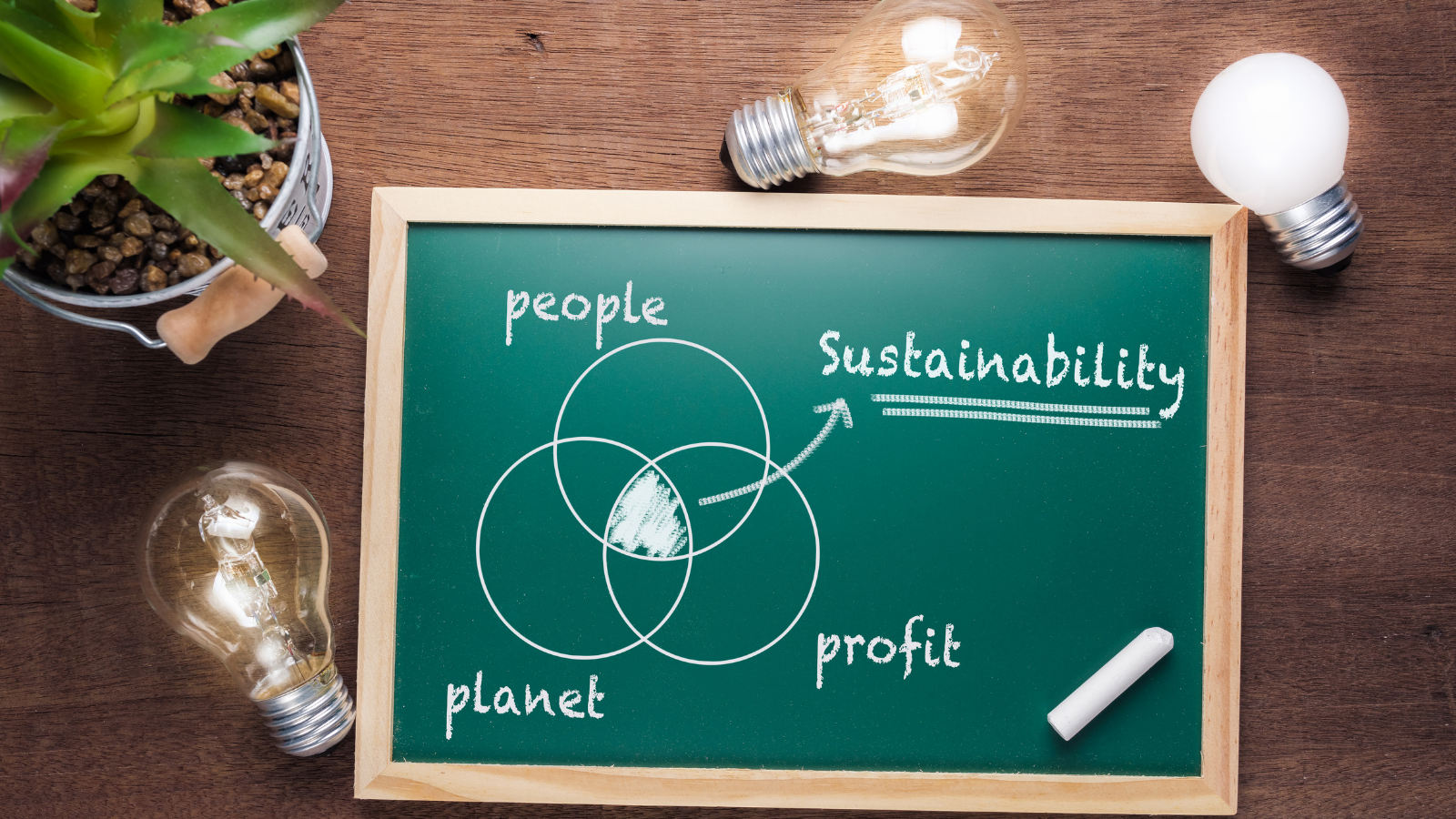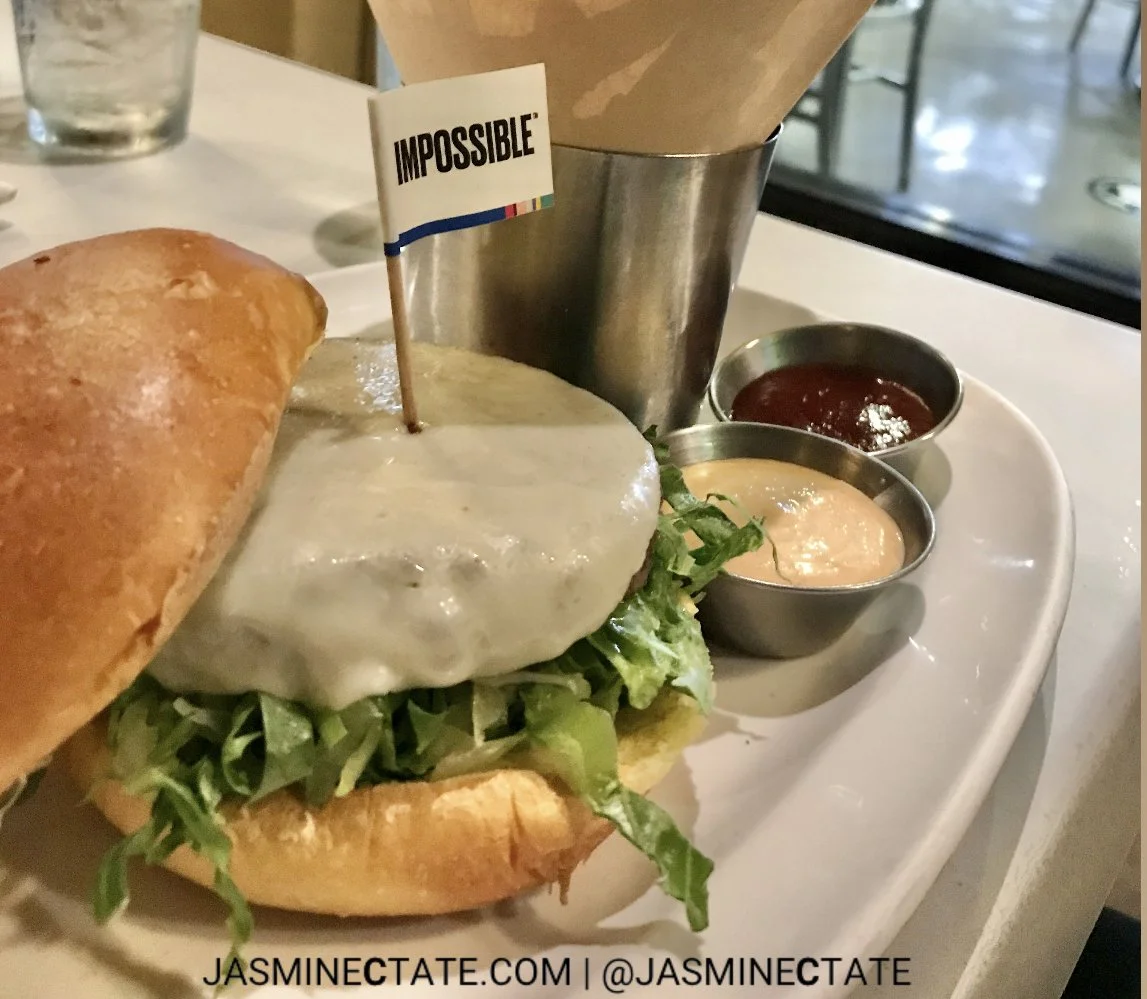We shouldn’t wait until Earth Day to think about sustainability and how our daily routines and lifestyle practices build or harm our planet and environment. Like many, my entry point to sustainability was recycling. During my undergraduate college career I began shredding and recycling my notes at the end of each semester and that routine continued through grad school and into my professional career.
I typically take notes at work digitally or use a notebook to reduce paper use, and last year during the pandemic I purchased a personal scanner and shredder to recycle printed mail and important documents. I’m pretty serious about recycling and opt for it over trash when possible. I recycle as much as I can, but since my time in California and attention to sustainability I’ve learned that there are many ways to live sustainably beyond recycling. Continue reading for ten additional practices you can start today.
Conserve energy.
Unplug electronics not in use or integrate smart plugs.
This is as simple as taking your phone charger out of the wall when you’re not using it or connecting larger appliances and electronics that aren’t easily accessible to smart plugs.
Two convenient resources that have helped me are Ohm Connect and the energy saving option through my electricity company. You can sign up for Ohm Connect today. Check with your power company to see if the option is available to you. Both encourage conservation during the times when most people are cooking, washing clothes and using lights. Ohm Connect hosts “Ohm Hours” where those who participate try to reduce the typical energy uses during certain days and times. When they do they’re rewarded and can choose from cash, donations to charity and an array of prizes including smart plugs. :)
Use cold water when washing laundry.
According to the U.S. Energy Information Administration, washing in cold water can reduce the average energy use of house holds switching from hot to cold water by 90%.
Avoid multiple shopping trips and deliveries per week.
Because I don’t like to drive, this is a practice that was easy for me to adopt. During the pandemic delivery services were thriving and the convenience has made it a business component that is here to stay. Sites like Amazon have made it so much easier to get what you want the same day, but with every order you make your carbon footprint gets deeper. Practice patience when ordering online and take advantage of the option to receive all your items on one day.
Beyond delivery you can reduce shopping trips by choosing 1-3 days per week when you’ll make store trips. Because I work remotely I usually place a curbside order Saturday night or early Sunday mornings and make grocery runs after church. I take the same approach for household items and toiletries and make bi-weekly Walmart and Target trips.
Reduce plastic and wastes.
4. Limit the number of trips you make to the dumpster each week.
Because I live alone, this is a bit easer for me. I usually make a dumpster run once per month. While some of it does make it to landfills and recycling centers, a majority of plastic ends up in the ocean through deliberate dumping of garbage into waterways, inefficient waste infrastructure and simple littering. According to the Ellen MacArthur Foundation, at least 8 million tons of plastic are dumped into our oceans each year and there is an excessive amount of oil used for plastic production annually.
Although eliminating plastic sounds good, it’s often a bit more challenging to implement. Reusable cups and water bottles are a good start. If you use recyclable plastic, always recycle.
5. Reduce meat consumption.
According to World Animal Protection (WAP), the United States has five times as many livestock animals as humans, which takes a lot of land, water and resources to raise animals for our consumption. Although we eat less than 10% of corn and soy, it’s production takes up more than a third of America’s agricultural land for animals we eat.
According to the Environmental Defense Fund, if every American had one meat-free meal per week, it would be the equivalent of taking more than five 5 million cars off the road each year. We can help protect the planet, our health and countless animals by eating fewer meals with meat and purchasing from small independent farms when we do eat meat.
While this practice was a little more challenging to me than the others, it’s an easy way to help me explore different food options on a regular basis. I’ve limited red meat consumption to home visits and mostly eat chicken, seafood and Beyond or Impossible Meat while I’m in California. I signed up for the WAP’s #EatLessMeat 21-day challenge, specifically because I do consume chicken almost every day, and chicken is the most consumed meat in America.
6. Enroll in paperless billing and opt for email receipts at checkout, when possible.
Most companies not only offer, but encourage paperless billing and receipts. Many even provide incentives. If you’re still receiving paper bills, it’s time to make a change. While shopping, if you’re not sure if receipts can be avoided or emailed, always ask. If it makes it easier you can create an email exclusively for receipts or create a folder so they’re easy to find if you need to make a return or assess your spending.
7. Reuse/ donate unwanted products in good condition.
Starting with what you have. Change your mindset to think about how what you buy can avoid ending up in the trash later. If you don’t want to reuse it yourself, there are many ways to allow others to help you prolong the lifecycle of products you buy and use from thrift shops to donation centers.
Shop Sustainably.
8. Take reusable bags when shopping.
According to the Worldwatch Institute, Americans throw away an estimated 100 billion plastic grocery bags each year. Plastic bags can take up to a 1,000 years to break up. While single-use plastic bags are no longer available in California grocery stores, other retail locations are still playing catch up. I always have reusable bags in my vehicle and even when I forget them, I usually use a shopping cart and bag them outside when single-use non-biodegradable plastic bags are the only option in store. According to WorldWatch one million plastic bags are used per minute globally and only 1% of them are recycled.
9. Buy in bulk.
This is a practice that can save you time and money. I’ve been a bulk shopper for a while because it’s always been one of my dad’s strategies for saving money. Also as a family of five it saved us trips to the store. Plastic production increases with smaller product packaging so if you buy smaller products recycle or reuse them when you’re done.
10. Eliminate or limit one-time use and wear purchases.
Try to limit the amount of items you buy that can only be used or worn once. Purchase options that are better quality and can be donated. If you have to have the latest fashion trend or product, know which brands and stores are most durable.
Fortunately, I’ve never been very trendy. I like classic staples that can transition from day to night and season to season. I still wear many ensembles and shoes that I’ve had since middle and high school.
Although this list is not exhaustive, these are ten fairly easy and reasonable ways you can join me in incorporating sustainability into your lifestyle. How many practices listed above do you already follow and which one(s) will you start this year?
Share below in the comments or connect with me on social media @JASMINECTATE.
Hugs & Handshakes,
Jasmine



